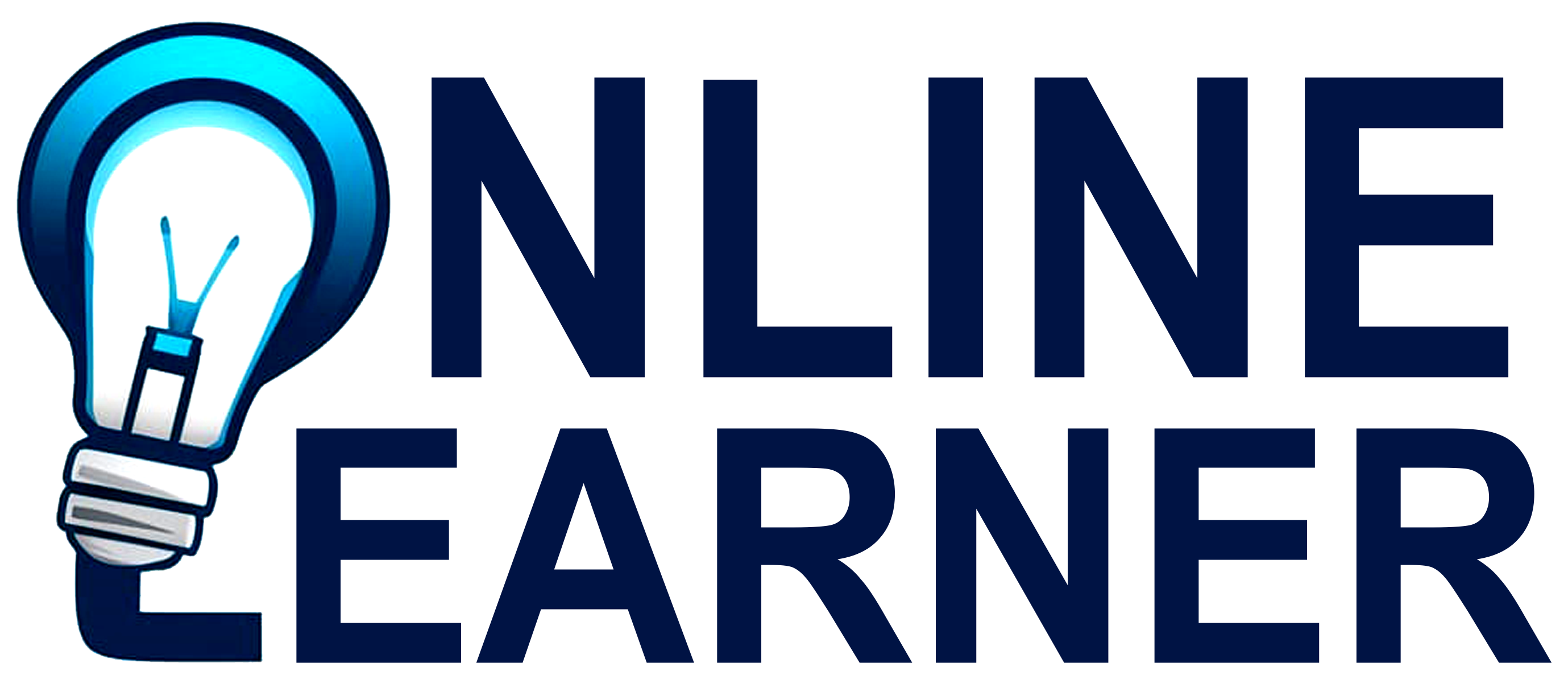What are the key features of Laravel?
Laravel is a PHP web application framework that is known for its elegance, simplicity, and readability. Some of the key features of Laravel are:
1. MVC Architecture: Laravel follows the Model-View-Controller (MVC) architecture, which separates the application into three main components - Model, View, and Controller. This helps in organizing and managing the codebase effectively.
2. Eloquent ORM: Laravel comes with Eloquent ORM, an advanced implementation of PHP's active record pattern. Eloquent ORM simplifies database management by allowing developers to interact with the database using PHP syntax.
3. Routing: Laravel provides a simple and expressive syntax for defining routes. Routes are mapped to controller actions, making it easy to handle HTTP requests and define the application's endpoints.
4. Blade Templating Engine: Laravel's Blade templating engine allows developers to write simple and reusable templates. Blade templates provide features like template inheritance, loops, and conditional statements, making it easy to create dynamic and interactive views.
5. Middleware: Middleware in Laravel provides a mechanism to filter incoming HTTP requests. Middleware can be used for authentication, authorization, logging, and other tasks, allowing developers to modify the request or response before being passed to the server.
6. Authentication and Authorization: Laravel makes it easy to implement authentication and authorization in web applications. It provides a simple way to register, log in, and manage users, as well as define access control rules based on user roles and permissions.
7. Artisan Console: Laravel comes with a powerful command-line tool called Artisan. Artisan provides a set of commands for generating code, managing migrations, and performing other common tasks, automating the development process.
8. Database Migrations and Seeders: Laravel includes a migration system that allows developers to define and manage database schemas programmatically. Migrations enable developers to version control the database schema and easily migrate changes across different environments. Seeders allow developers to populate the database with sample data.
9. Testing Support: Laravel provides built-in support for unit testing and feature testing. Developers can write test cases for their application using PHPUnit and Laravel's testing utilities, ensuring the application's functionality remains intact during development.
10. Task Scheduling: Laravel's task scheduling allows developers to define scheduled tasks within the application itself. Task scheduling is useful for automating routine tasks, such as sending emails, updating data, and running maintenance scripts.
Overall, Laravel offers a robust set of features that make web development faster, more efficient, and enjoyable. Its expressive syntax, elegant architecture, and extensive ecosystem of packages make it a popular choice among PHP developers for building modern web applications.

At Online Learner, we're on a mission to ignite a passion for learning and empower individuals to reach their full potential. Founded by a team of dedicated educators and industry experts, our platform is designed to provide accessible and engaging educational resources for learners of all ages and backgrounds.
Terms Disclaimer About Us Contact Us
Copyright 2023-2025 © All rights reserved.

